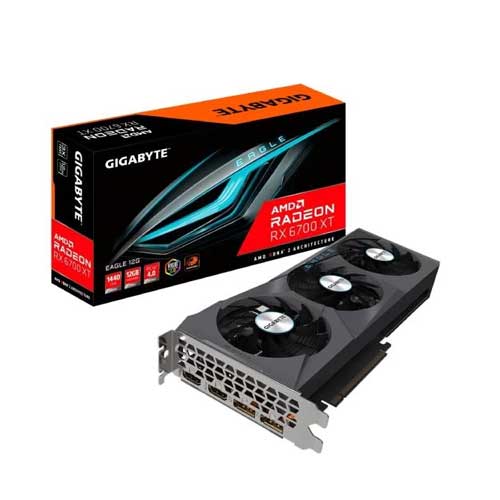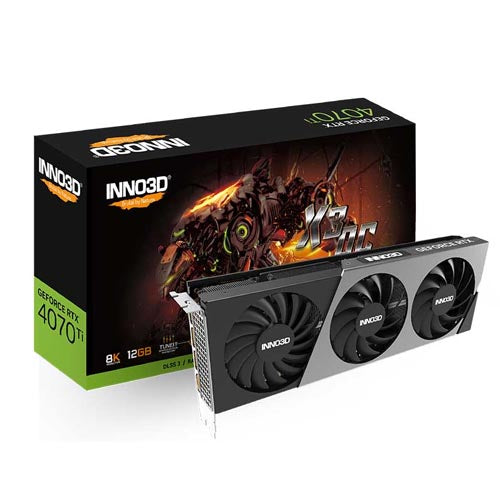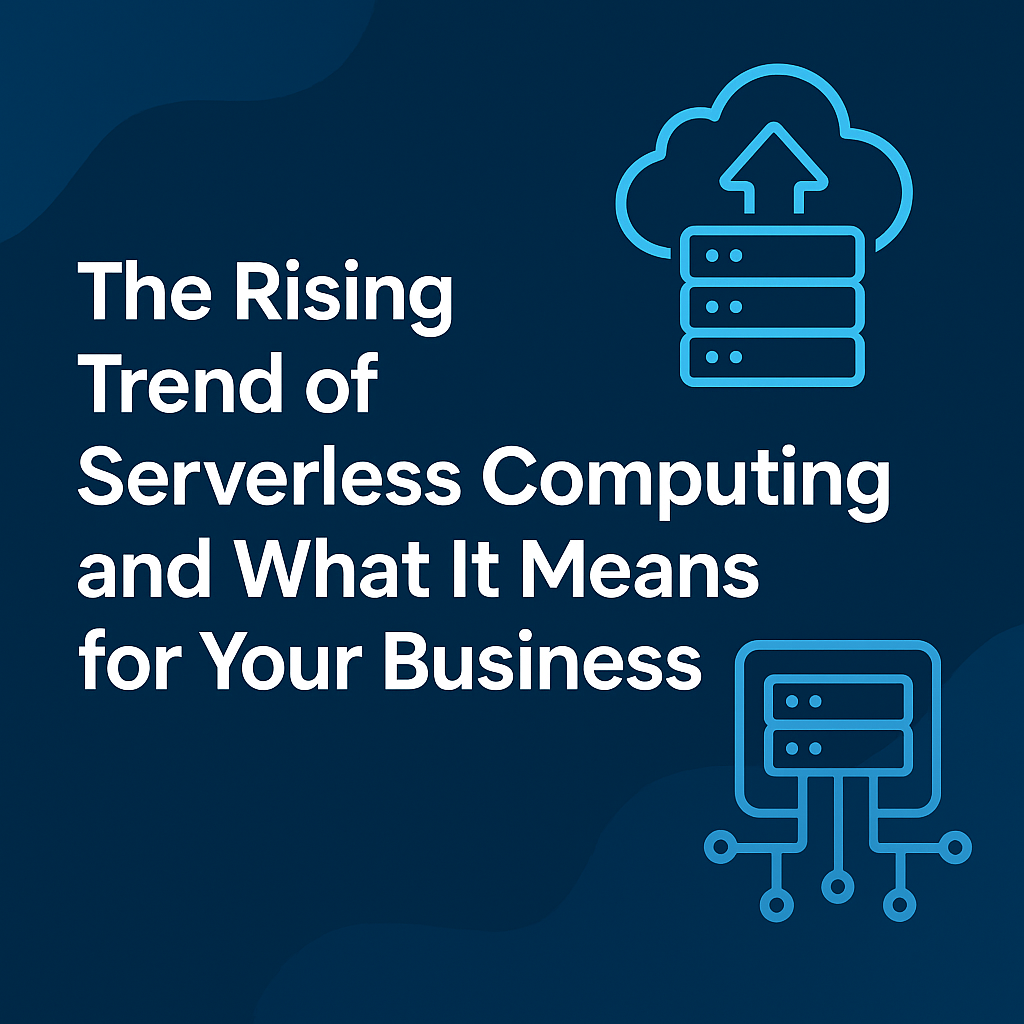
The Rise of Hybrid IT
Modern businesses no longer rely solely on a single infrastructure model. While cloud computing offers scalability and agility, physical servers provide control, security, and performance. The result? A growing adoption of hybrid IT infrastructures—a blend of on-premise and cloud-based environments tailored for dynamic workloads and strategic flexibility.
For DevOps teams, system architects, and IT managers, understanding how to technically implement and manage hybrid infrastructure is now a core competency. In this blog, we’ll explore the architecture, challenges, technologies, and best practices behind building a robust hybrid IT ecosystem.
What Is Hybrid IT Infrastructure?
Hybrid IT is a strategy where an organization utilizes a combination of:
-
-
On-premise infrastructure: Physical servers and local data centers.
-
Public or private cloud services: Such as AWS, Azure, Google Cloud, or OpenStack-based environments.
-
Interconnectivity tools and orchestration to manage workloads between the two.
-
This dual-approach helps businesses balance performance, cost, compliance, and scalability.
Why Businesses Choose Hybrid

Architecture of a Hybrid Environment
Let’s break down a sample hybrid architecture from a technical standpoint:
1. Compute Layer
-
-
On-premise: High-performance physical servers (e.g., Dell PowerEdge, HPE ProLiant) for mission-critical apps.
-
Cloud: Scalable virtual machines (e.g., EC2, GCE) for microservices and seasonal demand.
-
2. Networking
-
-
Use VPNs, SD-WAN, or Direct Connect to establish secure links.
-
Implement load balancers that intelligently route traffic based on latency, proximity, or utilization.
-
3. Storage
-
-
SAN/NAS for on-site data, integrated with cloud object storage (e.g., S3, Azure Blob).
-
Use data tiering tools to archive rarely-used data to cold cloud storage.
-
4. Identity & Access
-
-
Implement SSO and federated identity management across cloud and on-prem.
-
Tools: Azure AD, Okta, LDAP bridging, Kerberos authentication.
-
5. Management & Monitoring
-
Use hybrid management platforms like:
-
VMware vSphere with Tanzu
-
Azure Arc
-
Google Anthos
-
Red Hat OpenShift
-
These tools allow you to control VMs, containers, and services across environments from a single dashboard.
Workload Distribution Strategies
Not all applications belong in the same place. Here’s how to decide:
A. Keep On-Premise If:
-
-
App needs ultra-low latency (e.g., real-time trading)
-
You handle sensitive data (e.g., healthcare records)
-
There are strict compliance requirements
-
B. Move to Cloud If:
-
-
You run seasonal or burst workloads
-
Application is containerized or microservice-based
-
You need geo-distributed scalability
-
C. Split Workloads (Hybrid Model)
-
-
Use on-prem for compute-heavy database backends.
-
Use cloud for front-end applications and CDN distribution.
-
Sync databases via replication or API gateways.
-
Key Technologies Powering Hybrid IT
1. Containerization & Kubernetes
-
-
Tools like Docker and Kubernetes allow apps to run identically across environments.
-
Hybrid orchestration is enabled through Kubernetes Federation, Rancher, or Anthos.
-
2. Infrastructure as Code (IaC)
-
Provision servers both locally and in the cloud using tools like:
-
Terraform
-
Ansible
-
Pulumi
-
This standardizes deployment, enforces consistency, and accelerates scaling.
3. Cloud Management Platforms (CMPs)
-
-
Tools that offer a single pane of glass to monitor, manage, and optimize hybrid resources.
-
Examples: CloudBolt, Morpheus, BMC Helix
-

Real-World Use Case: Hybrid for a FinTech Company
Scenario:
A FinTech startup runs a payment gateway with real-time processing and analytics. They:
-
Use on-prem servers with SSD arrays for secure, low-latency transaction handling.
-
Offload batch analytics jobs and machine learning model training to AWS EC2 instances.
-
Sync data between PostgreSQL (on-site) and Redshift (cloud) using Debezium + Kafka.
-
Automate everything using Terraform + Ansible, monitored via Prometheus + Grafana.
Result: Low latency, secure core + cloud scalability + cost control.
Security Considerations
Hybrid IT introduces new attack surfaces. Protect them using:
-
Firewalls + WAFs across environments
-
Endpoint detection & response (EDR)
-
Zero trust networking: Never trust, always verify
-
IAM governance: Enforce least privilege
-
Regular audits: Compliance with GDPR, HIPAA, PCI DSS, etc.
Use CSPM (Cloud Security Posture Management) tools like Prisma Cloud or Wiz for cloud hygiene.
Cost Optimization in Hybrid IT
Without careful planning, hybrid models can become more expensive than pure cloud or on-prem.
Tips:
-
Use autoscaling and spot instances in the cloud.
-
Decommission underused on-prem servers or consolidate them.
-
Monitor cloud billing with tools like CloudHealth, AWS Cost Explorer, or Kubecost.
-
Embrace Green IT principles to reduce power usage and cooling costs.
Scaling Your Hybrid Strategy
As your organization grows:
-
Adopt multi-cloud integrations (AWS + Azure + GCP).
-
Expand edge deployments for latency-sensitive services.
-
Use GitOps to manage deployments via pull-based workflows.
Plan for global failover, geo-redundancy, and disaster recovery orchestration via tools like Velero, CloudEndure, or Veeam.

Conclusion
Hybrid IT infrastructure isn’t just a trend—it’s a strategic necessity for businesses balancing modern agility with legacy compatibility. By combining the performance and control of physical servers with the flexibility and scale of the cloud, hybrid models provide the best of both worlds.
As enterprises accelerate their digital transformation journeys, the winners will be those who can seamlessly operate across environments, optimize for workload needs, and respond to market shifts in real time.
“Hybrid IT isn’t a compromise—it’s a blueprint for infrastructure excellence.”














